Latest News
12 Month of iGaming: A Landscape Analysis

 Reading Time: 5 minutes
Reading Time: 5 minutes
Given the recent circumstances surrounding COVID-19, the gaming and betting industry has seen a huge influx of traffic and attention from consumers, new and old, that are now settling into home-based ways of working.
For the savvy gaming companies that have been making improvements to their sites over the last 12 months, now is a time to thrive. Leaders in this area have used this time to take advantage of scope to attract new customers with innovative marketing tactics, fantastic offers, and an energetic brand. For others however, the next months will likely be a struggle unless they take the necessary steps to amp up their efforts.
In uncertain times, player acquisition remains a vital priority and those who have invested time, energy, money and expertise into this area will likely reap the rewards 10-fold. Given the relevance, we’ve conducted a substantial analysis of the top 50 organic keywords in the UK for the four main sectors of iGaming – Slots, Roulette, Casino, and Poker – to better understand the sites that have seen the biggest improvements over the last 12 months, how they’ve done it, and what their next steps are likely to be over the coming months.
Additionally, through conducting an in-depth situational analysis of the current landscape we are able to better understand the activity that has been rewarded by Google over the last 12 months, while better differentiating between successful strategies and those that will likely deliver underwhelming results.
Slots

The websites that have seen the biggest swing in overall organic visibility over the last 12 months have been increasing their games library but more importantly; increasing the crawlable copy of game pages.
For slot sites that are usually quite Javascript heavy, ensuring all copy is clear and crawlable gives search engines something to work with at first pass and can improve performance long term.
Leading the pack, Admiral Casino has a larger than average amount of text on its game pages and is clearly reaping the rewards with significant uplifts in traffic Y/Y straight into game URLs.

It should also be mentioned that all of these sites were active with link building and typically saw a lead time of about 6 months between starting to build links and seeing serious gains in organic visibility.
Once these improvements began, however, the growth seen in the first six months was again repeated in the subsequent 3 months.
Roulette


The biggest 12-month swings in the Roulette sector has been for sites that have kept a tight focus on the Roulette topic area and supported commercial pages with informational content to grow awareness of their brands.
Leading sites such as Liveroulette.com and 888casino.com can be praised for the informative content and extensive guides targeted towards both first-time depositors and seasoned players.
In addition, leaders in this market must ensure they consider the user journey and are present throughout the conversion funnel, not just at the high-volume terms close to conversion. Focusing on terms such as “how to play” and exploratory informational queries is crucial to nailing that focused topical relevance.
Finally, it is important to note that these are established domains with sizable link profiles with the quality of the most recent links becoming the key differentiating factor. Newcomers looking to succeed in this sector must be both aggressive and smart with their link building strategies to ensure they’re in a position to compete as quickly as possible. Do not be afraid to break the mould with your PR to generate buzz and links that will get the site off to a great start.
Casino


PinkCasino.co.uk has seen a significant level of visibility growth over the last 12 months due to an increase in the number of landing pages on the site but more importantly the copy on game pages has had an overhaul.
Historically, one of the biggest technical challenges in the gaming space is the use of JavaScript and search engines inability to render the content. Useful HTML based web copy has worked as well for Pink Casino, as it has Admiral Casino, previously mentioned. The site is also benefiting from improved internal linking and a streamlining of the site structure.
Some of the domains on this list have also had expired domains with link equity redirected into them. Whilst this can sometimes be used as an effective tactic, it is important to remember that it can also raise flags with Google and should be used sparingly.
Poker


As with Roulette, focus and relevance are key in the Poker rankings. How to play type content and guides perform incredibly well when paired with effective internal and external link strategy.
Partypoker.com has this area nailed down and so it is no surprise to see them growing over 230% in 12 months.
Cardchat.com has also put a significant level of effort into producing content and guides and as a result are visible for nearly twice the number of keywords as pokerstars.com according to SEMrush data. The next step for them, and sites in similar predicaments, is to improve their visibility through good quality link acquisition.
In Conclusion
The gaming and betting markets continue to be one of the most competitive and varied SERPS to operative in.
From our analysis, we see a significant shift from black hat tactics to informative content and PR-led campaigns, which for many sites, is the driving factor behind and increase in strong coverage, brand awareness and long-term rankings.
The future of iGaming is looking quite bright and as the current surge in traffic continues, it is no doubt that current timings favour acquisition. For those looking to capitalise and increase their conversion rates, keep in mind that increased traffic lends itself incredibly well to different forms of testing. Now is a great time to catch and convert as many of those new visits as you can with short test cycles.
From the analysis conducted, the key takeaways for competing in iGaming SERPs in 2020 are as follows:
- Sites that are spending the time and money on creating well written, informative, and user-friendly content are currently reaping the rewards.
- Rather than focusing solely on the high-volume terms, it is crucial for sites in the noted sectors to ensure they’re considering the full user journey and conversion funnel.
- Links remain important but the quality will always trump quantity over time.
With over 13 years of experience in the iGaming and Betting industry, the Blueclaw team are always happy to talk search. For a more focused analysis, or to discuss anything mentioned above, please feel free to get in touch with one of our experts.
Author: Andrew Parker, Performance Director at Blueclaw Media Ltd
Contact: [email protected]
Source: Latest News on European Gaming Media Network
This is a Syndicated News piece. Photo credits or photo sources can be found on the source article: 12 Month of iGaming: A Landscape Analysis

Latest News
From ‘Mummyverse’ to Crash Games: Belatra Reviews a Landmark 2025
Editor’s Take
Why this matters: Belatra has been a steady hand in the slots world for a long time, but 2025 marked a distinct shift in strategy. By entering the Crash vertical with Goose Boom Bang and winning big at SiGMA Africa, the studio is clearly pivoting to capture the high-growth, high-frequency players in emerging markets. They are no longer just a “classic slots” developer; they are diversifying the portfolio to ensure relevance in regions like LatAm and Africa.
The Full Story
Belatra Games, the specialist online slots developer, has issued a strategic review of its 2025 operations, celebrating a 12-month period defined by entry into new game verticals, significant franchise expansion, and high-profile industry recognition.
The year was characterized by a dual strategy: deepening engagement in established markets while aggressively expanding its content portfolio to suit local preferences in emerging territories.
Portfolio Evolution: Crash and Battles 2025 saw Belatra move beyond its traditional slot roots. The company made its debut in the high-demand Crash game vertical with the launch of Goose Boom Bang, a title designed to tap into the fast-paced gameplay preference of younger demographics.
Additionally, the studio introduced a fresh game concept with the launch of Battles, a new format unveiled for the first time in 2025, with further development planned for 2026.
The ‘Mummyverse’ Expands For fans of classic slots, the highlight of the year was the aggressive expansion of the Mummyverse. Belatra nearly doubled the size of this franchise over the year, making it the most extensive game universe in their entire catalog.
The developer also focused on B2B localization, releasing a number of exclusive bespoke games created specifically for selected operator partners to meet specific local market tastes.
Awards and Recognition The company’s strategic shifts were validated by industry accolades. Belatra secured over 30 nominations throughout the year, with standout wins including:
-
Best Slot Provider (awarded by BitStarz).
-
Most Played Game of 2025 for Make It Gold at the SiGMA Africa Awards.
-
Player’s Pick Award.
Management Commentary Misha Voinich, Head of Business Development at Belatra, commented on the studio’s momentum:
“This year has truly defined who we are as a studio – ambitious, creative and focused on building long-term partnerships. We’ve expanded our universes, launched new ones and entered exciting new markets that will all help us carry this momentum into the New Year.”
The post From ‘Mummyverse’ to Crash Games: Belatra Reviews a Landmark 2025 appeared first on Gaming and Gambling Industry Newsroom.
Latest News
‘Chaos and Soul’: Ebaka Games Plots Global Expansion After Viral Launch
Editor’s Take
Why this matters: The “Instant Game” vertical (Crash, Plinko, Mines) is becoming crowded, but Ebaka Games is cutting through the noise with a distinct brand personality. By securing BMM Testlabs certification so quickly after launch, they are signaling to Tier 1 operators that despite their “chaotic” marketing vibe, the math underneath is solid and compliant. The backing of industry veteran Dmitry Belianin also adds immediate commercial credibility to the startup.
The Full Story
Ebaka Games, the fledgling studio that promises to bring “chaos and soul” to the iGaming sector, has outlined an aggressive growth strategy for 2026 following a landmark launch period in late 2025.
The studio, which officially debuted in November, reports that its initial rollout reached more than five million people worldwide. The launch saw its portfolio go live with the operator Menace, serving as the initial testbed for its mechanics and “Ebaka modes.”
The Product: Instant Games with Personality Ebaka is bypassing traditional slots to focus on the high-growth vertical of fast-paced, instant-win games. Their initial lineup includes:
-
Plinko
-
Mines
-
Tower
-
Limbo
-
Crash
Differentiation is achieved through unique mascots and signature gameplay tweaks designed to offer high win potential and distinct visual identities, moving away from the generic interfaces often found in this genre.
Regulatory Milestone Crucially for its 2026 roadmap, Ebaka Games has confirmed it has secured certification from BMM Testlabs. This accreditation validates the fairness and integrity of its RNG (Random Number Generator) and game engines, removing a major barrier to entry for regulated markets. With this certification in hand, the studio plans to launch with a number of “major brands” in the coming year.
Management Commentary Vitalii Zalievskyi, CEO of Ebaka Games, commented on the studio’s unorthodox approach:
“It’s only been a few weeks since we first introduced Ebaka Games to the world. The feedback has been breathtaking, and it vindicates the decision for us to take a different path to the rest of the industry. You don’t need huge marketing budgets to grab people’s attention if you are building something truly innovative.”
Industry Backing The studio describes itself as being “created by players for players” but boasts significant industry firepower in its corner. The team includes Dmitry Belianin, a well-known figure in the sector who is the co-founder of Blask and Menace, as well as Managing Partner at Already Media.
The post ‘Chaos and Soul’: Ebaka Games Plots Global Expansion After Viral Launch appeared first on Gaming and Gambling Industry Newsroom.
Latest News
Racing Meets Nightlife: SBK Backs ARC’s New ‘Friday Night Live’ Series
Editor’s Take
Why this matters: British racing has a well-documented demographic problem; its core audience is aging. “Friday Night Live” is a direct attempt to fix this by blending high-stakes racing with the “experience economy” (DJs, nightlife vibes) that appeals to Gen Z and Millennials. Bringing SBK on board—a mobile-first, app-only sportsbook—is a perfect demographic fit, while the Racing Post adds the necessary credibility to ensure the actual racing product remains the focus.
The Full Story
Arena Racing Company (ARC) has unveiled the strategic commercial lineup for its upcoming Friday Night Live series, confirming SBK as the Exclusive Betting Partner and The Racing Post as the Official Media Partner.
Set to launch in January 2026, Friday Night Live is a new initiative created in collaboration with youth-focused events company INVADES. The series is designed to overhaul the traditional race day experience, featuring fast-paced fixtures under floodlights, DJ sets, and significant entertainment elements sandwiched between races.
The Commercial Deal
-
SBK: As the exclusive betting partner, the Smarkets-owned sportsbook will take naming rights and on-course branding for all 35 races. Crucially, these races will be broadcast live on mainstream television via ITV Racing as well as Sky Sports Research.
-
The Racing Post: As the Official Media Partner, the publication will provide content, coverage, and promotion across its digital platforms, aiming to bridge the gap between established racing purists and the new audience ARC hopes to attract.
A High-Stakes Experiment The series is not just a marketing exercise; it carries serious sporting weight. Each of the five scheduled nights will feature over £200,000 in prize money. The fixtures will rotate across three of ARC’s all-weather tracks: Wolverhampton, Newcastle, and Southwell.
Management Commentary David Leyden Dunbar, Group Director of Commercial Strategy at ARC, was clear about the target audience:
“We have been very clear that one of the aims of Friday Night Live is to engage the next generation of racing fans… Both [partners] have shown real enthusiasm to work with us… as well as using the platform that these fixtures will offer them to also engage with more established racing and sports fans.”
Adam Baylis, Marketing Director at SBK, added:
“Friday Night Live [is] a fresh and engaging concept that brings a new energy to British racing. SBK has always been built around sport… our focus is on enhancing the live race day experience in a fun, social and responsible way.”
The 2026 Schedule The series kicks off immediately in the new year:
-
9th Jan: Wolverhampton
-
6th Feb: Newcastle
-
20th Feb: Southwell
-
20th March: Wolverhampton
-
27th March: Newcastle
The post Racing Meets Nightlife: SBK Backs ARC’s New ‘Friday Night Live’ Series appeared first on Gaming and Gambling Industry Newsroom.
-

 Latest News2 weeks ago
Latest News2 weeks agoSCCG Announces Strategic Partnership with Yellow Elephant Studios to Expand Multi-Channel Gaming Content Worldwide
-
Latest News2 months ago
JioBLAST Launches All Stars vs India powered by Campa Energy: A New Era of Creator-Driven Esports Entertainment
-
eSports1 month ago
CS:GO Betting Gains Momentum in the iGaming Sector
-
Latest News3 weeks ago
THE 2025 PUBG MOBILE GLOBAL CHAMPIONSHIP GROUP STAGE WRAPS UP WITH LAST CHANCE IN SIGHT
-
Latest News1 month ago
S8UL Esports acquires Team Elite’s Free Fire MAX roster to form S8UL Elite
-
Latest News2 months ago
RocketPlay wins Best Customer Service at European iGaming Excellence Awards
-
Latest News2 months ago
Kambi Group plc Q3 2025 Report
-
Latest News3 months ago
GGPoker Unveils Massive Weekly $100K Freeroll, Kicking Off October 18


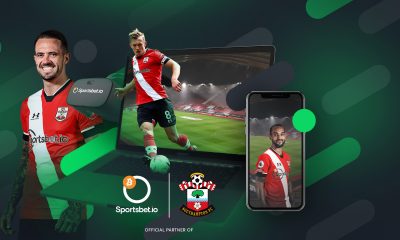

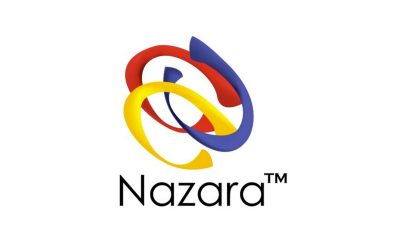







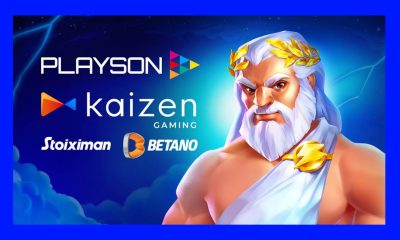


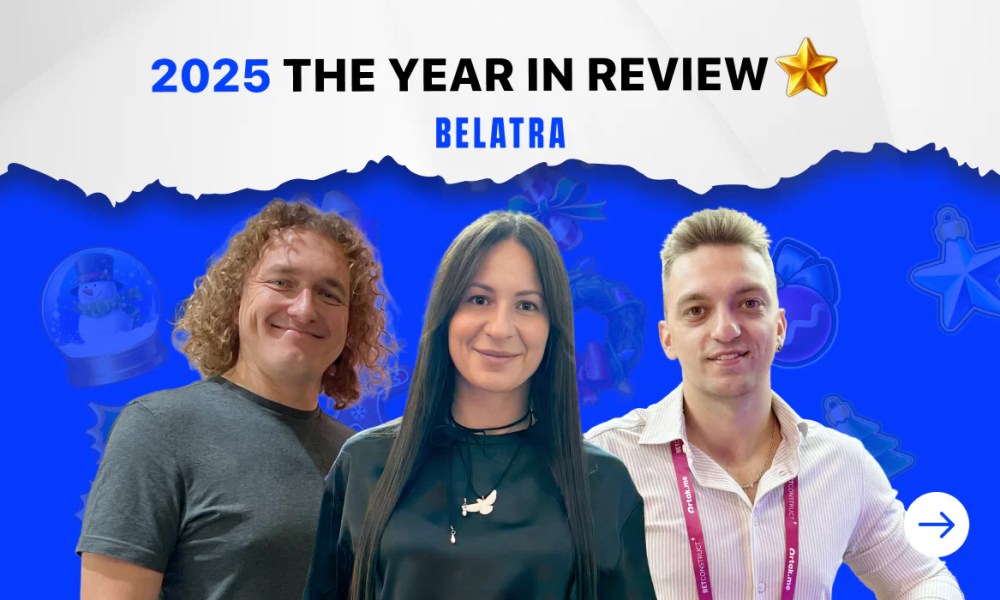
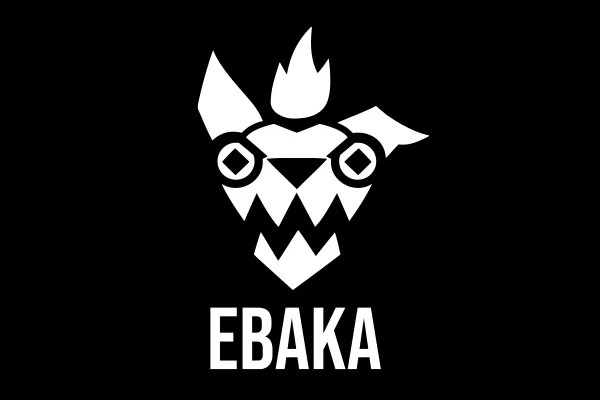


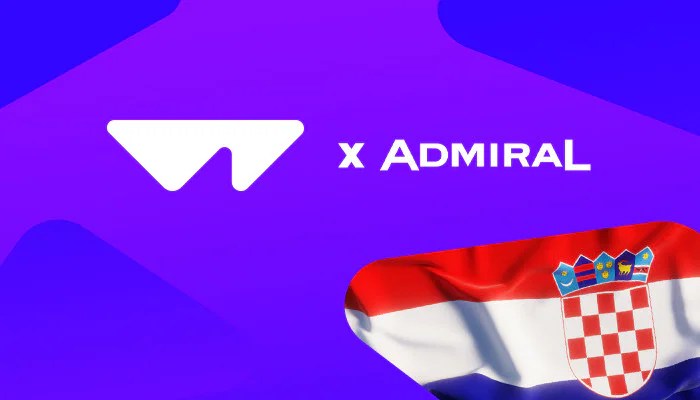




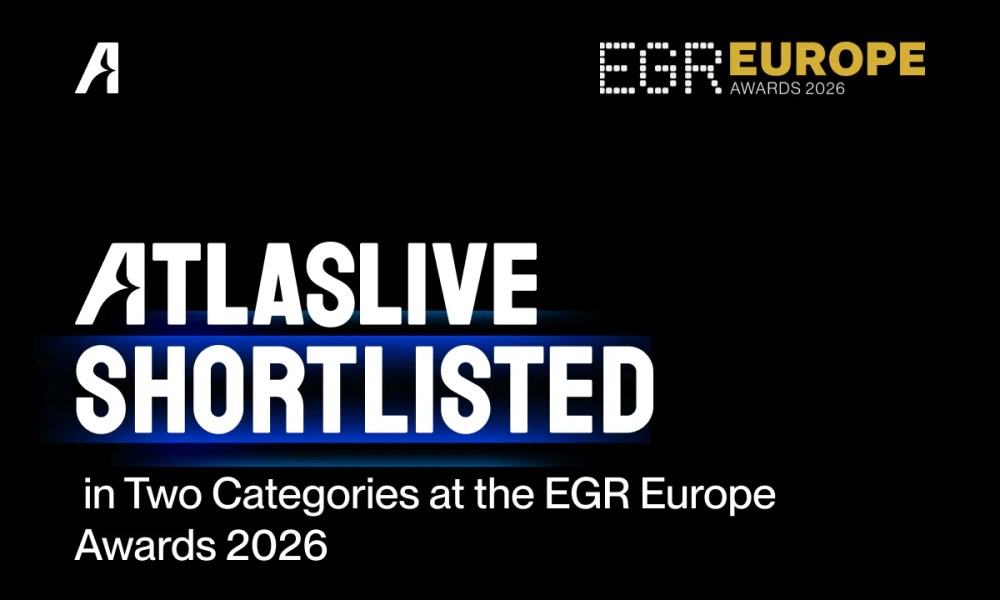
You must be logged in to post a comment Login